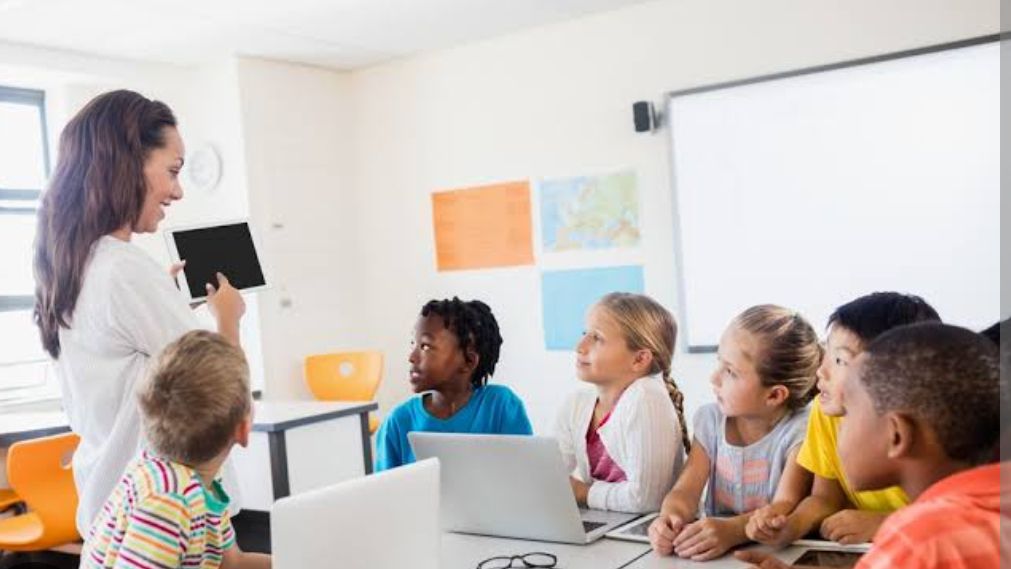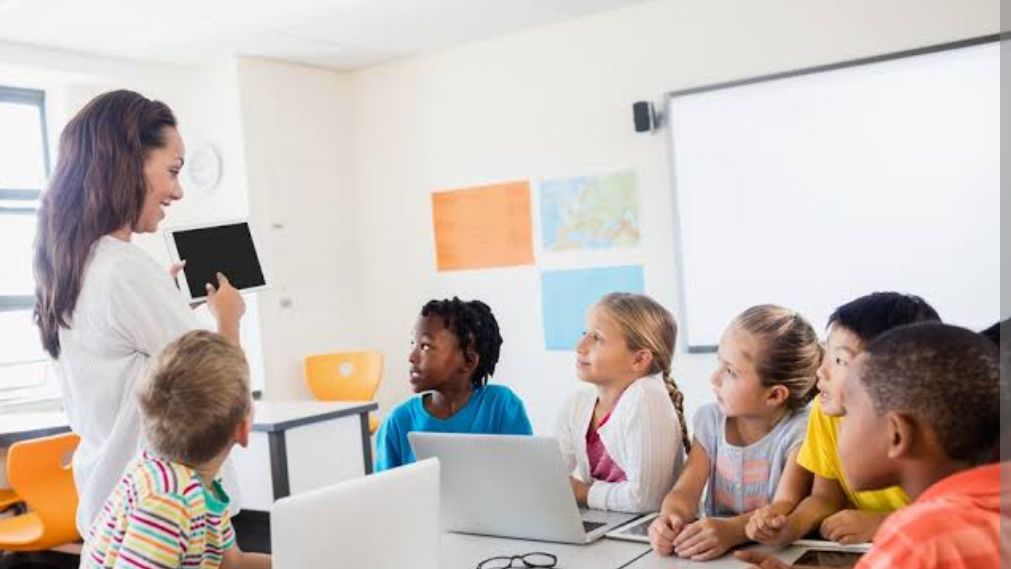
In today’s rapidly evolving educational landscape, integrating e-learning with traditional education has become essential. This hybrid approach leverages the strengths of both in-person and online learning to create a comprehensive, flexible, and engaging educational experience. In this post, we will explore strategies for effectively merging e-learning with traditional education, highlighting best practices, benefits, and challenges.
The Benefits of Integrating E-Learning with Traditional Education
1. Flexibility and Accessibility
E-learning provides students with the flexibility to access course materials and complete assignments at their own pace. This is especially beneficial for students with diverse learning needs and schedules. Traditional education, on the other hand, offers structured, face-to-face interactions that are crucial for developing social and communication skills.
2. Enhanced Engagement
Combining digital tools with traditional methods can increase student engagement. Interactive e-learning resources such as videos, quizzes, and games can make learning more enjoyable and effective. Traditional classrooms provide opportunities for hands-on activities and immediate feedback from teachers.
3. Personalized Learning
E-learning platforms can offer personalized learning paths based on individual student performance and preferences. Teachers can use data analytics from these platforms to identify areas where students need additional support, allowing for more tailored instruction in the classroom.
4. Resource Availability
Online resources can complement traditional textbooks and materials, offering a wider range of information and learning modalities. Students can access multimedia content, virtual labs, and digital libraries, enriching their learning experience.
Strategies for Integrating E-Learning with Traditional Education
1. Blended Learning Models
Implement blended learning models where part of the instruction is delivered online and part in the classroom. Flipped classrooms, where students learn new content online and apply it in class, are a popular example. This approach allows for deeper, more interactive learning during class time.
2. Professional Development for Educators
Provide ongoing professional development for teachers to help them effectively incorporate e-learning tools and strategies into their teaching. Training should focus on using Learning Management Systems (LMS), creating digital content, and managing online classrooms.
3. Use of Learning Management Systems (LMS)
Adopt robust LMS platforms like Moodle, Canvas, or Google Classroom to streamline the integration process. These systems can manage course content, track student progress, and facilitate communication between students and teachers.
4. Interactive Content and Tools
Incorporate interactive tools such as discussion forums, live webinars, and collaborative projects to bridge the gap between online and in-person learning. These tools can foster a sense of community and enhance student engagement.
5. Regular Assessment and Feedback
Use both online and traditional assessment methods to evaluate student learning. Online quizzes, peer reviews, and digital portfolios can complement in-class tests and assignments. Provide timely and constructive feedback to help students improve.
6. Hybrid Classrooms
Create hybrid classrooms equipped with technology that supports both in-person and online learning. This includes interactive whiteboards, video conferencing tools, and digital submission platforms.
7. Student Support Services
Ensure that students have access to technical support and academic resources to succeed in a blended learning environment. This includes tutoring, counseling, and access to online learning materials.
Challenges and Solutions
1. Digital Divide
One of the biggest challenges is ensuring all students have access to the necessary technology and internet connectivity. Schools can address this by providing devices and internet access to students in need and offering tech support.
2. Teacher Training
Not all educators are comfortable with digital tools. Continuous professional development and peer support networks can help teachers become proficient in e-learning strategies.
3. Student Engagement
Keeping students engaged in a hybrid model can be challenging. Incorporating interactive and gamified elements into the curriculum can help maintain interest and motivation.
Conclusion
Integrating e-learning with traditional education can create a rich, flexible, and personalized learning experience for students. By leveraging the strengths of both approaches, educators can provide a more engaging and effective education. However, it requires careful planning, ongoing professional development, and addressing challenges such as the digital divide and student engagement.
Stay updated with the latest trends and strategies in education! Subscribe to our newsletter for more insights on integrating e-learning with traditional education and other innovative practices. Don’t miss out—subscribe now at https://eepurl.com/iThGAE











